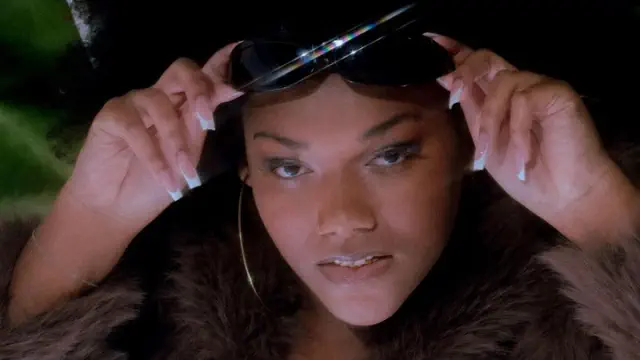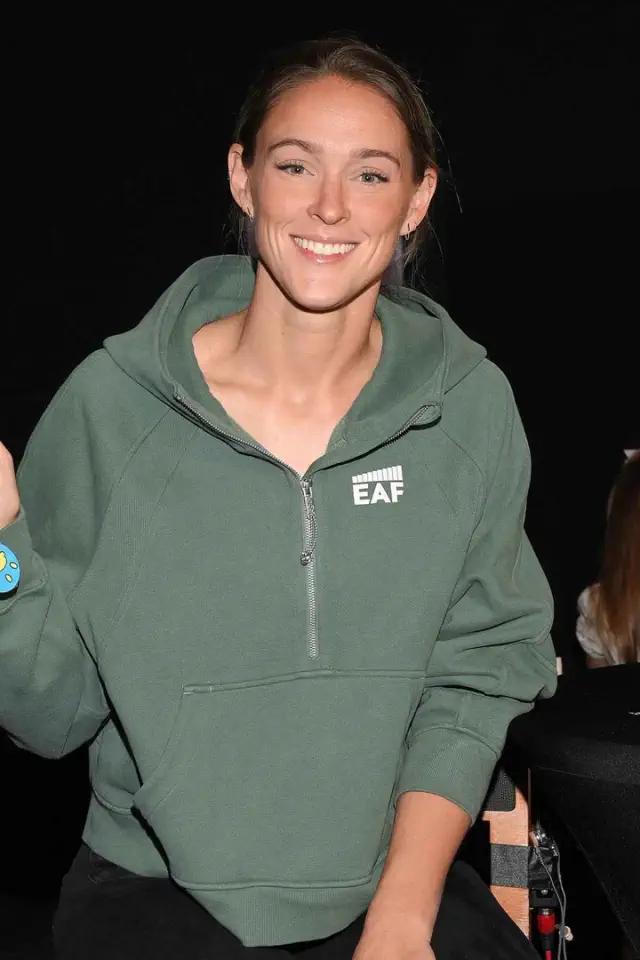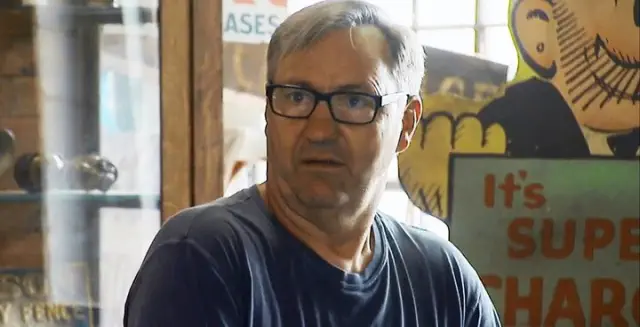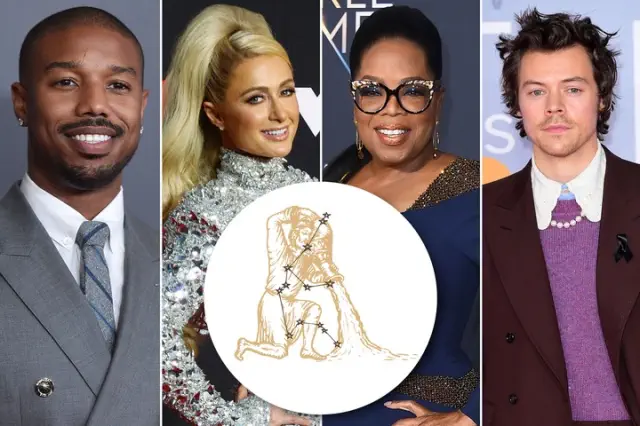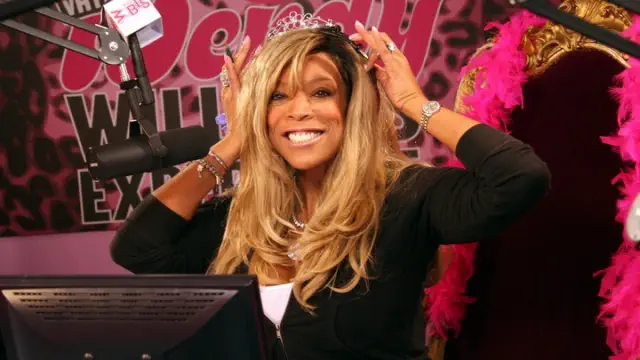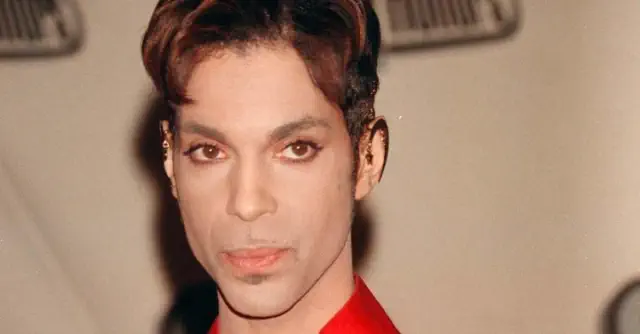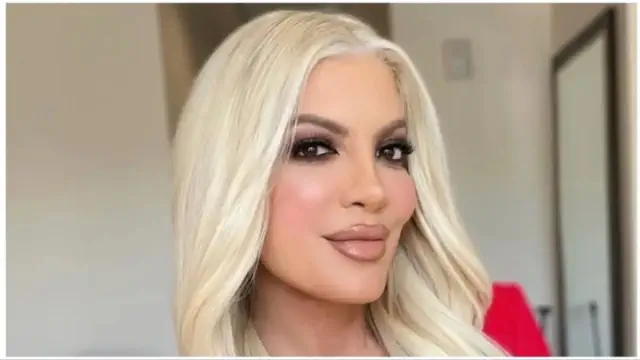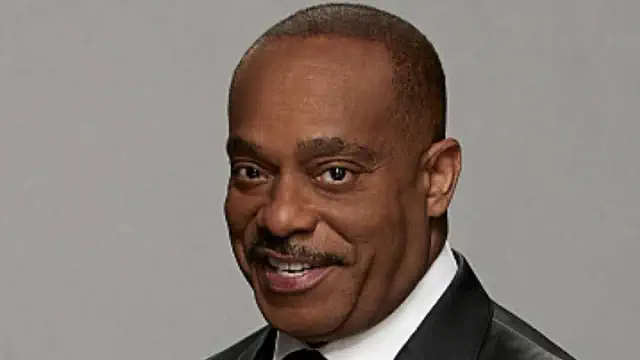
View pictures in App save up to 80% data.
BELLAdonna was not the kind of record that Zora initially set out to make.
The 25-year old Minneapolis based rapper and producer dropped her first LP, Z1, in 2022, to widespread critical acclaim. As she started conceptualizing a follow-up, Zora thought she might try to replicate Z1’s success by recording more bad-bitch anthems at the intersection of hip-hop and hyperpop. But an experience of sexual assault at a nightclub the month after releasing Z1 changed the trajectory of her sophomore album. Out January 17 via Get Better, the rapper’s entirely self-written and produced follow-up BELLAdonna eschews empowerment in favor of vengeance and, ultimately, self-actualization.
Conceived as a concept album, BELLAdonna follows a titular trans woman who has been harmed by men — specifically, DL men — and is out to exact retribution. Or at least, that’s her goal in the first half of the album, which showcases Zora’s horror influences — she cites the original Nosferatu and the rape revenge thriller Ms. 45 as films she looked to for inspiration, as well as persona-driven albums like Tyler, the Creator’s IGOR, and Beyoncé’s I Am… Sasha Fierce.
But BELLAdonna refuses to conform to an uncomplicated narrative. Zora’s hyperpop influences and slick production chops still shine throughout the first half of the record, but her sonic palette has widened, incorporating glam rock guitar riffs and operatic vocals reminiscent of fellow Minneapolis musician Prince. At about the halfway point, there’s a shift from fast-and-furious rap and rock to slower, ’90s R&B-influenced tracks, showing us the hurt and vulnerability lurking behind BELLAdonna’s femme fatale persona. Even the track titles shift from being stylized in all-caps to all-lowercase.
Perhaps most crucially, the latter half of the album explores the experience of finding pleasure and love again after trauma — territory that’s rarely explored in media about sexual violence. “I wanted to make sure that I transitioned it into more of a positive ending and didn't just stay into the trans woman experiences violence, and it’s the end, and it’s sad,” Zora tells me over Zoom. And while BELLAdonna is uniquely the story of Zora, she also sees the album as “reclaiming the stories of thousands of other femme queens that came before me.”
